Eternal objects: Karen Chekerdjian's gutsy forms at L'Institut du Monde Arabe
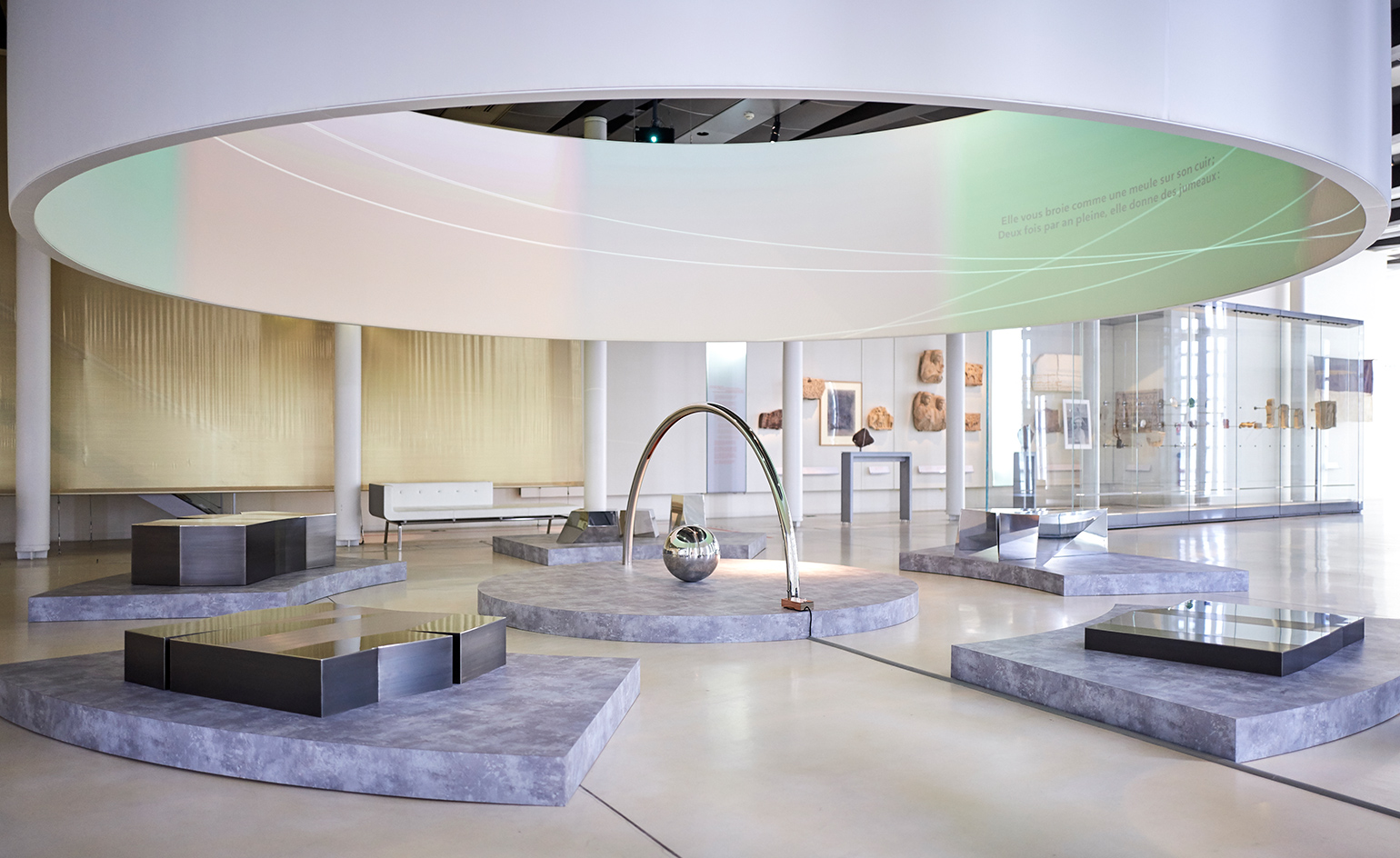
As Karen Chekerdjian began planning her solo show, 'Respiration', on now at L'Institut du Monde Arabe in Paris, she realised that good design possesses a level of significance only discernible over time. ‘I always thought certain objects were very important, but I didn’t know exactly why,’ she tells Wallpaper*. ‘They are the archaeologies of the future. If we decide to design them, we are aware of what we are doing as witnesses of civilisation.’
Which is another, more profound, way of saying that our objects outlive us. This may be an obvious observation of any museum filled with antiquities. Here, however, with Chekerdjian’s seating, tableware, vases, lighting and jewellery presented as a carte blanche installation across three floors of the IMA’s permanent collection, you get the sense that people centuries from now may one day peer at her work in a similar fashion.
While the Beirut-based designer agrees that the show offers a new reading of her creations, she resists the leap that this automatically makes them museum-worthy. She encourages people to settle into her signature 'Grande Vague' bench from 2010, or orient themselves along 'Living Space III', the multi-functional, expansive lounger panelled with woven rattan. The collection of metalwork jewellery is still intended to be worn (even if the nails lined up along a collar might suggest otherwise).
Indeed, visitors would not be incorrect in perceiving a distinct gutsiness to Chekerdjian’s forms, an attribute that often gets passed off as ‘masculine.’ But the film by Lana Daher that runs in the show’s opening gallery conveys how the designer reflects on her process more like a poet than a builder. ‘They are stories, they are not objects,’ she says. ‘Design is a search on form, a search on time, on history, on scenarios. And most of the time, it’s always a story with a craftsman.’
Chekerdjian, whose 'Mobil' hanger system for Edra helped define her career in Milan before her return to Beirut in 2001, says the craftsmen in her home country have dictated the work she produces – and by extension, what appears in the show. ‘I was forced to go to [them] because there’s no [design] industry in Lebanon; I had to find a way to keep on doing what I used to do but in a different way.’
The show, her largest to date, reveals the ‘mutation’ process of her pieces – how she reconceived vertical, polyhedron vases as horizontal tables, transformed everyday tools into objets d’art coated in 24-karat gold and stacked simplified shapes into striking, colour-blocked ‘Totems’. There’s also the Iqar table, which evokes the aerodynamic aspects of a paper airplane despite its solid reflective metal.
Philippe Castro, the chief of staff to museum president Jack Lang, nodded to the exhibition’s title in suggesting how her work ‘breathed’ new life into the museum’s collection. ‘Her pure and sophisticated work transcends time; this is why we felt she had a place at the Institut du Monde Arabe,’ he notes.
Aside from a red line along the floor guiding visitors from one vignette to the next, several moulds and replicas of the designer’s hand serve as an additional unifying element. ‘It’s the first tool; it’s so strong, it’s so powerful,’ she explains. ‘Everything passes through this hand.’
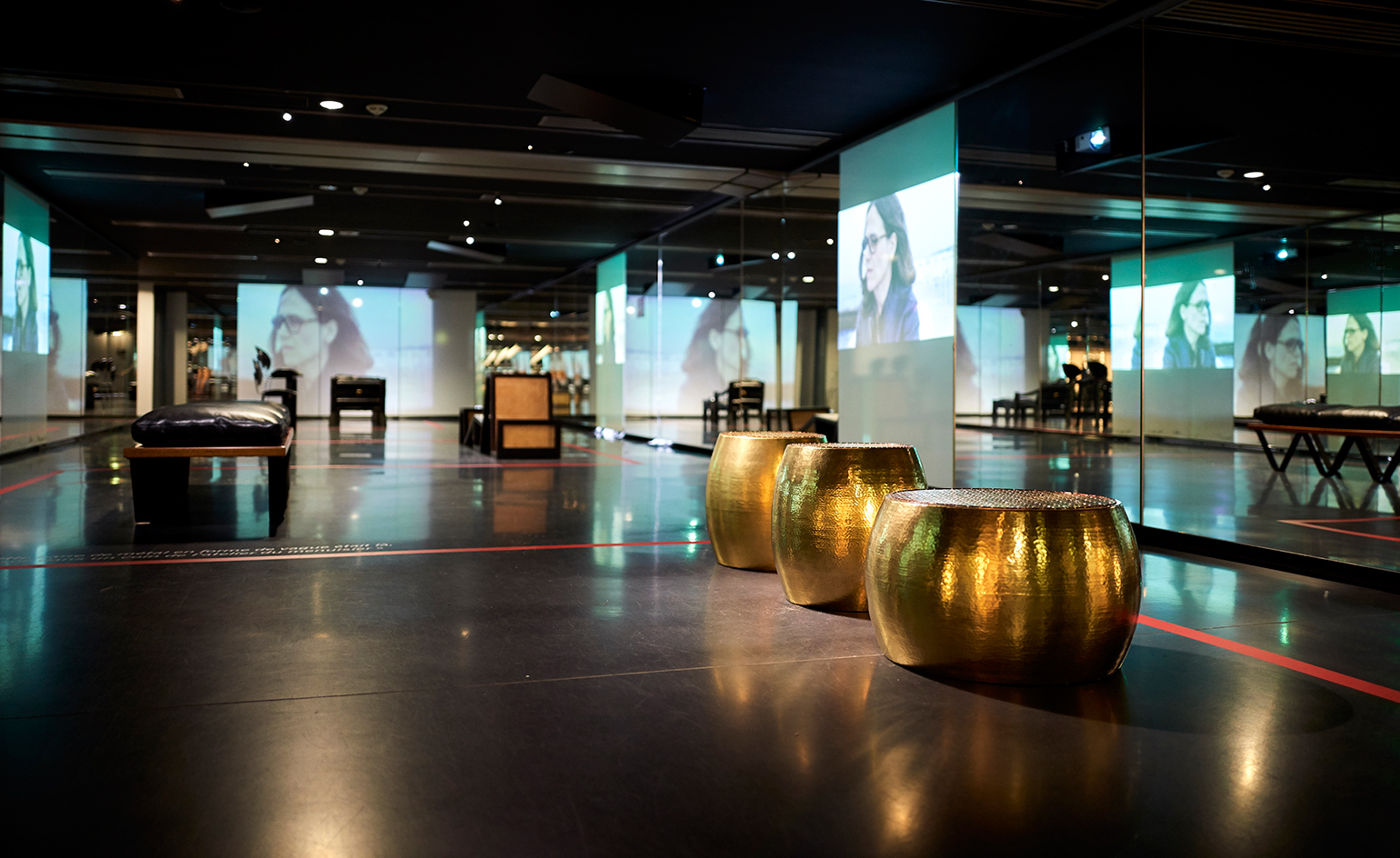
Chekerdjian’s seating, tableware, vases, lighting and jewellery are presented as a carte blanche installation across three floors of the IMA’s permanent collection. Pictured: 'Temporalites, Pouf'
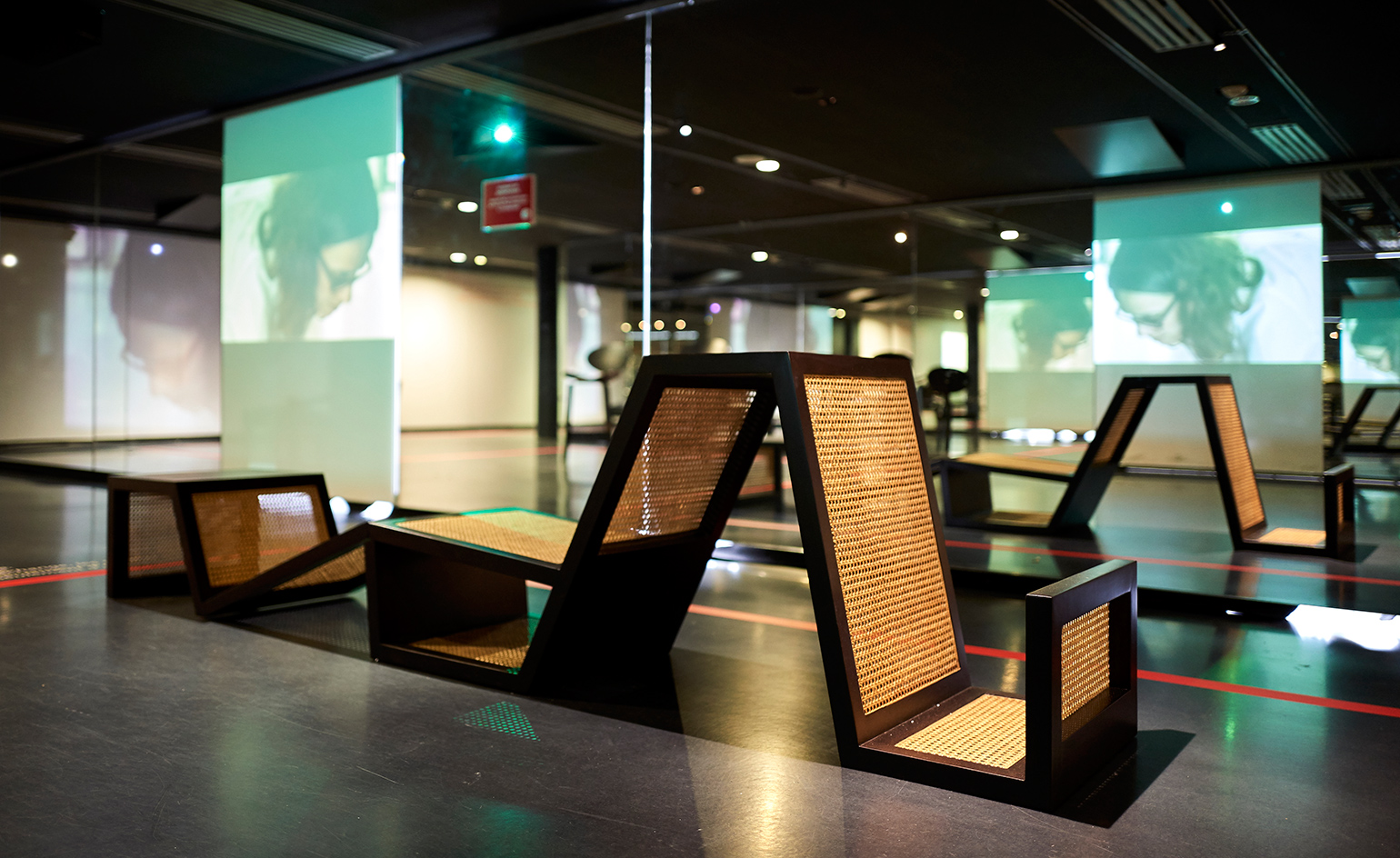
She encourages people to orient themselves along 'Living Space III', the multi-functional, expansive lounger paneled with woven rattan. Pictured: 'Temporalites, Living space'
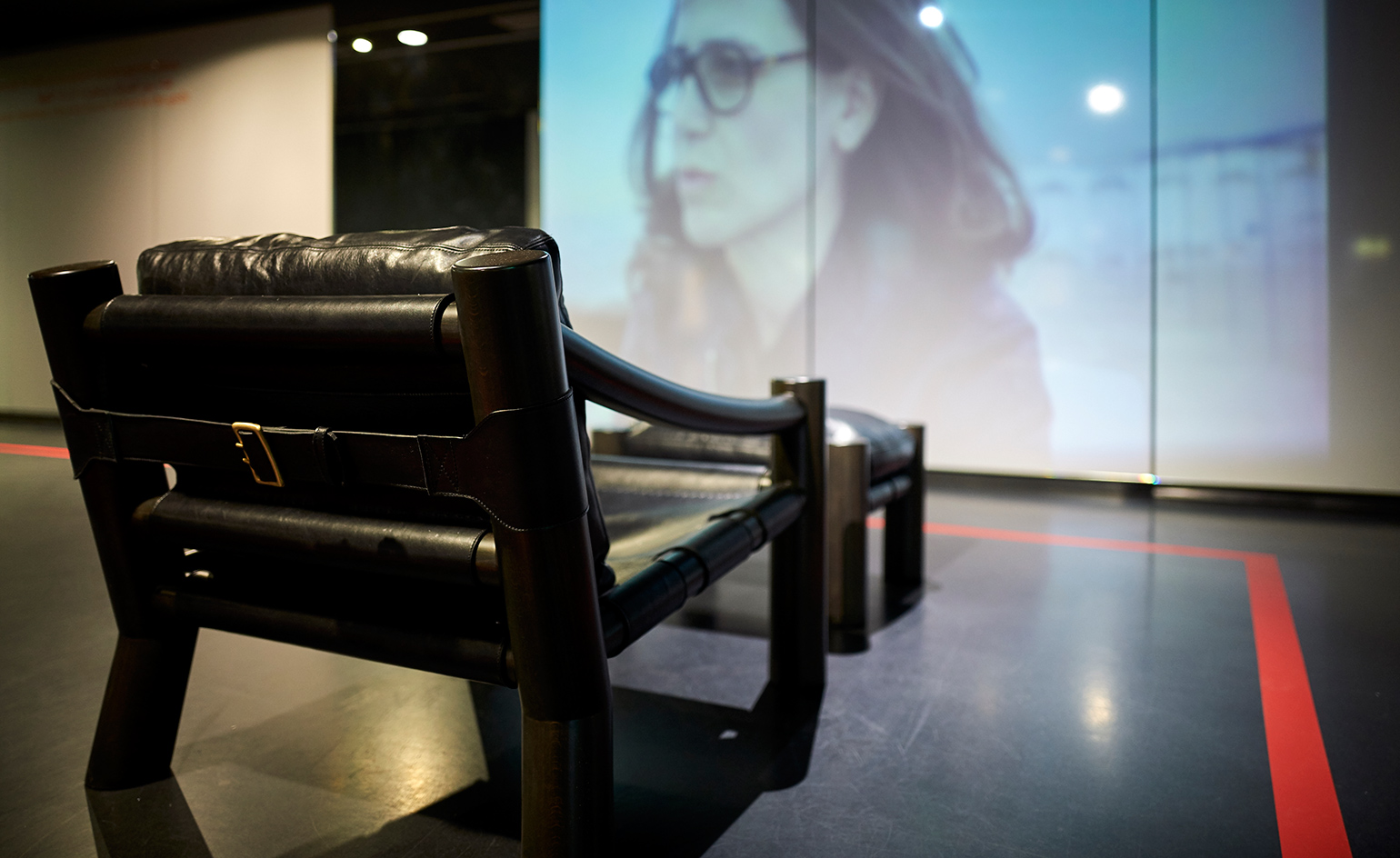
While the Beirut-based designer agrees that the show offers a new reading of her creations, she resists the leap that this automatically makes them museum-worthy. Pictured: 'Temporalites, Elephant chair'
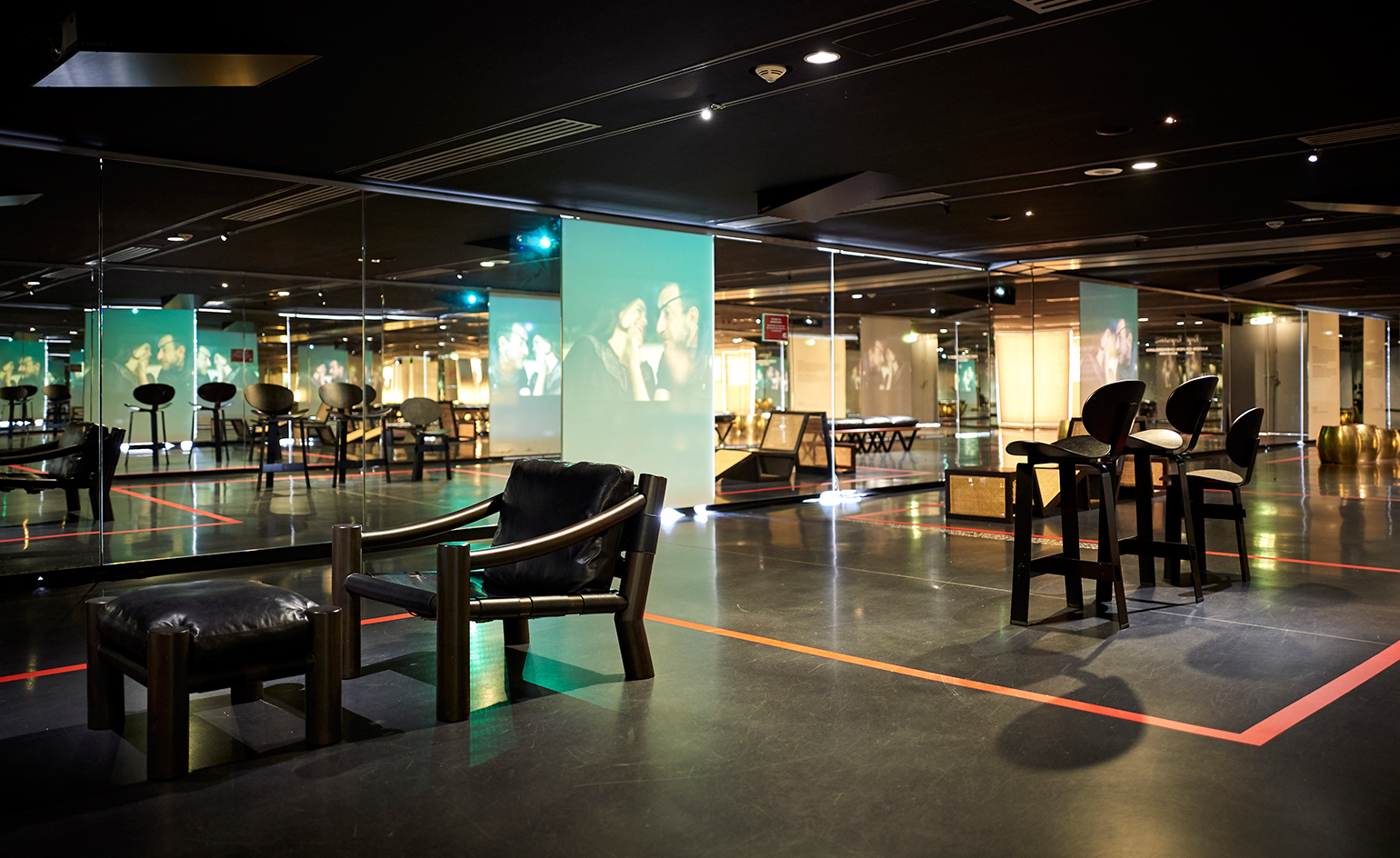
Museum director Philippe Castro notes, ‘Her pure and sophisticated work transcends time; this is why we felt she had a place at the Institut du Monde Arabe.’ Pictured: 'Temporalites'
INFORMATION
’Respiration’ is on view until 28 August. For more information, visit the Institut du Monde Arabe website
Photography: Ian Abela
ADDRESS
L'Institut du Monde Arabe
1 Rue des Fossés Saint-Bernard
75005 Paris
Wallpaper* Newsletter
Receive our daily digest of inspiration, escapism and design stories from around the world direct to your inbox.
-
 Sotheby’s is auctioning a rare Frank Lloyd Wright lamp – and it could fetch $5 million
Sotheby’s is auctioning a rare Frank Lloyd Wright lamp – and it could fetch $5 millionThe architect's ‘Double-Pedestal’ lamp, which was designed for the Dana House in 1903, is hitting the auction block 13 May at Sotheby's.
By Anna Solomon
-
 Naoto Fukasawa sparks children’s imaginations with play sculptures
Naoto Fukasawa sparks children’s imaginations with play sculpturesThe Japanese designer creates an intuitive series of bold play sculptures, designed to spark children’s desire to play without thinking
By Danielle Demetriou
-
 Japan in Milan! See the highlights of Japanese design at Milan Design Week 2025
Japan in Milan! See the highlights of Japanese design at Milan Design Week 2025At Milan Design Week 2025 Japanese craftsmanship was a front runner with an array of projects in the spotlight. Here are some of our highlights
By Danielle Demetriou
-
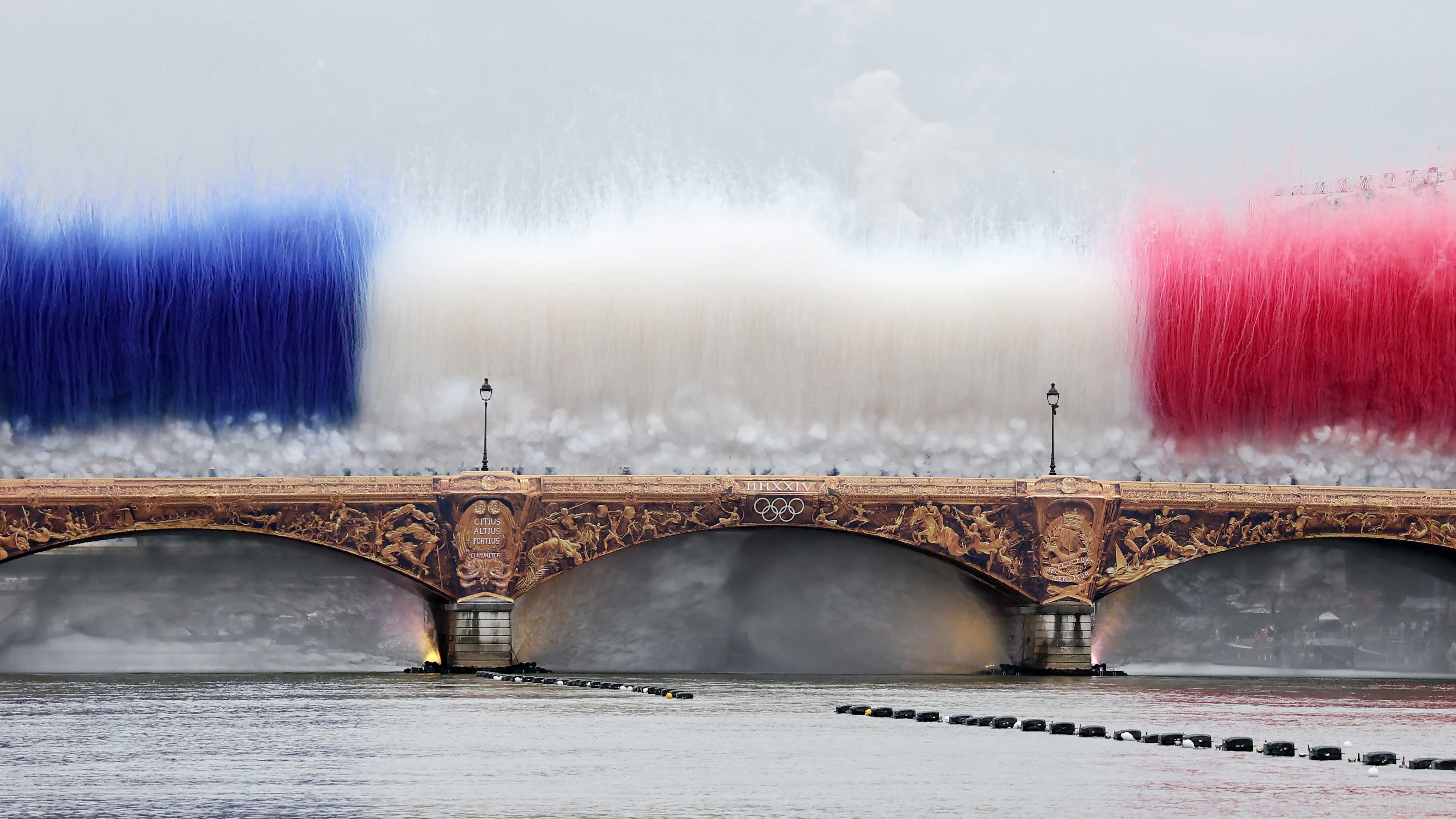 Olympics opening ceremony: a little Gaga, a lot of spectacle, and universal uplift
Olympics opening ceremony: a little Gaga, a lot of spectacle, and universal upliftHow Paris 2024’s Olympics opening ceremony set spirits – and much else – soaring, embracing the Seine, the streets and the skies. Craig McLean reports
By Craig McLean
-
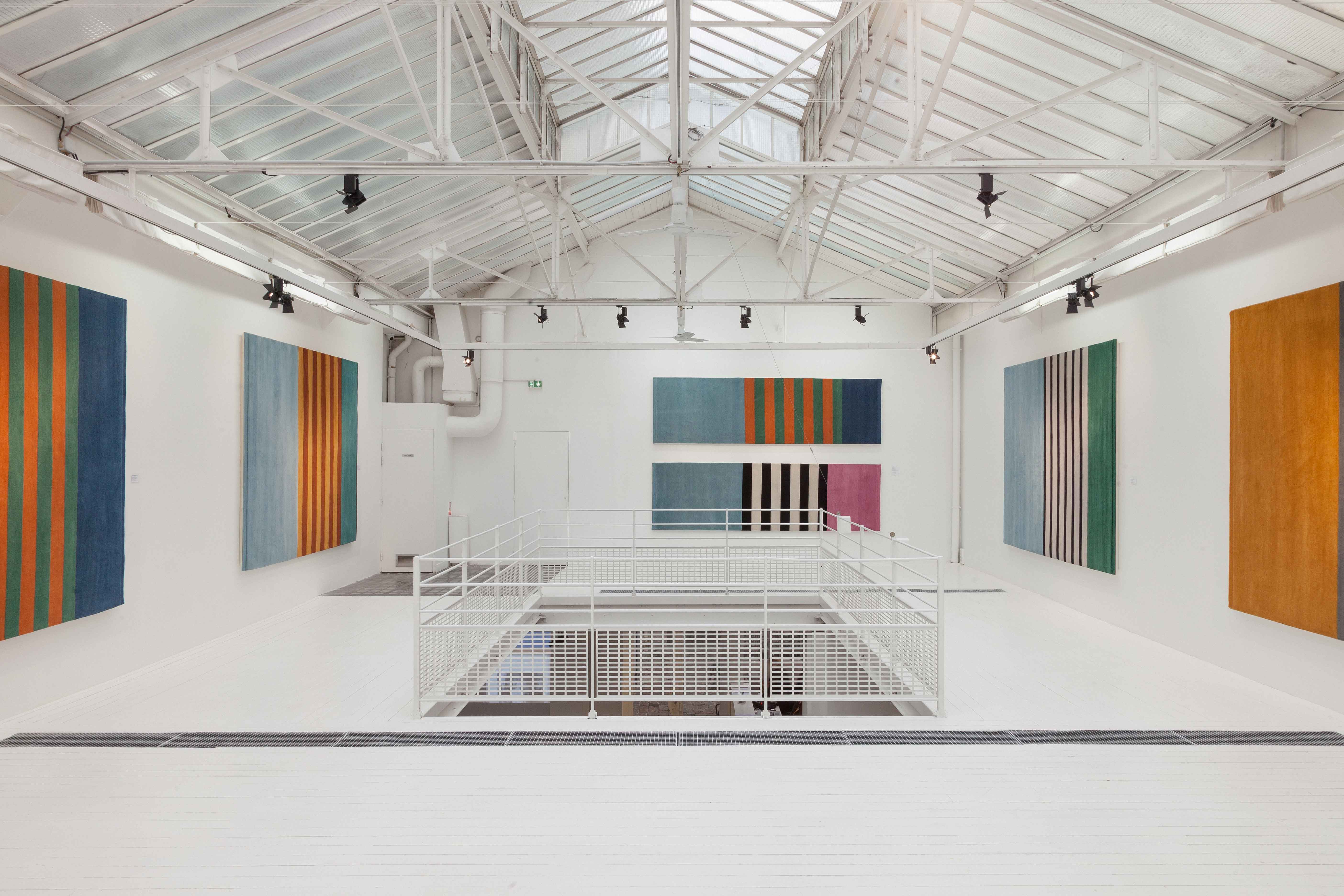 Paris Design Week 2023: the highlights
Paris Design Week 2023: the highlightsYour essential guide to Paris Design Week 2023, from Maison & Objet to Paris Déco Off, and the best things to see in town as part of Maison & Objet City
By Rosa Bertoli
-
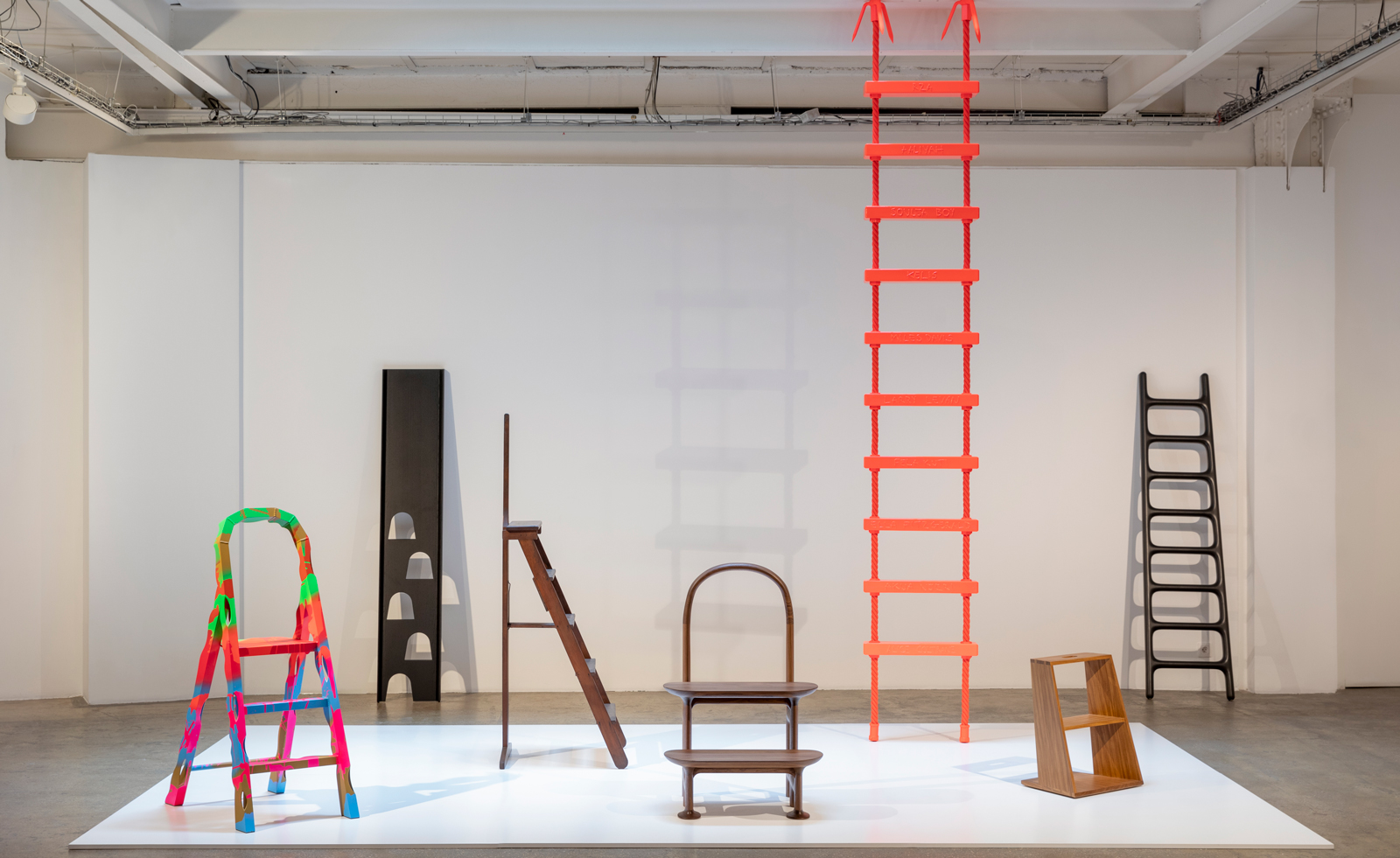 Step by step: Virgil Abloh, Jaime Hayon and more rethink the ladder at Galerie Kreo, Paris
Step by step: Virgil Abloh, Jaime Hayon and more rethink the ladder at Galerie Kreo, ParisA new exhibition at Galerie Kreo, ‘Step By Step’, invites more than 20 designers to rethink the ladder’s classic design
By Hannah Silver
-
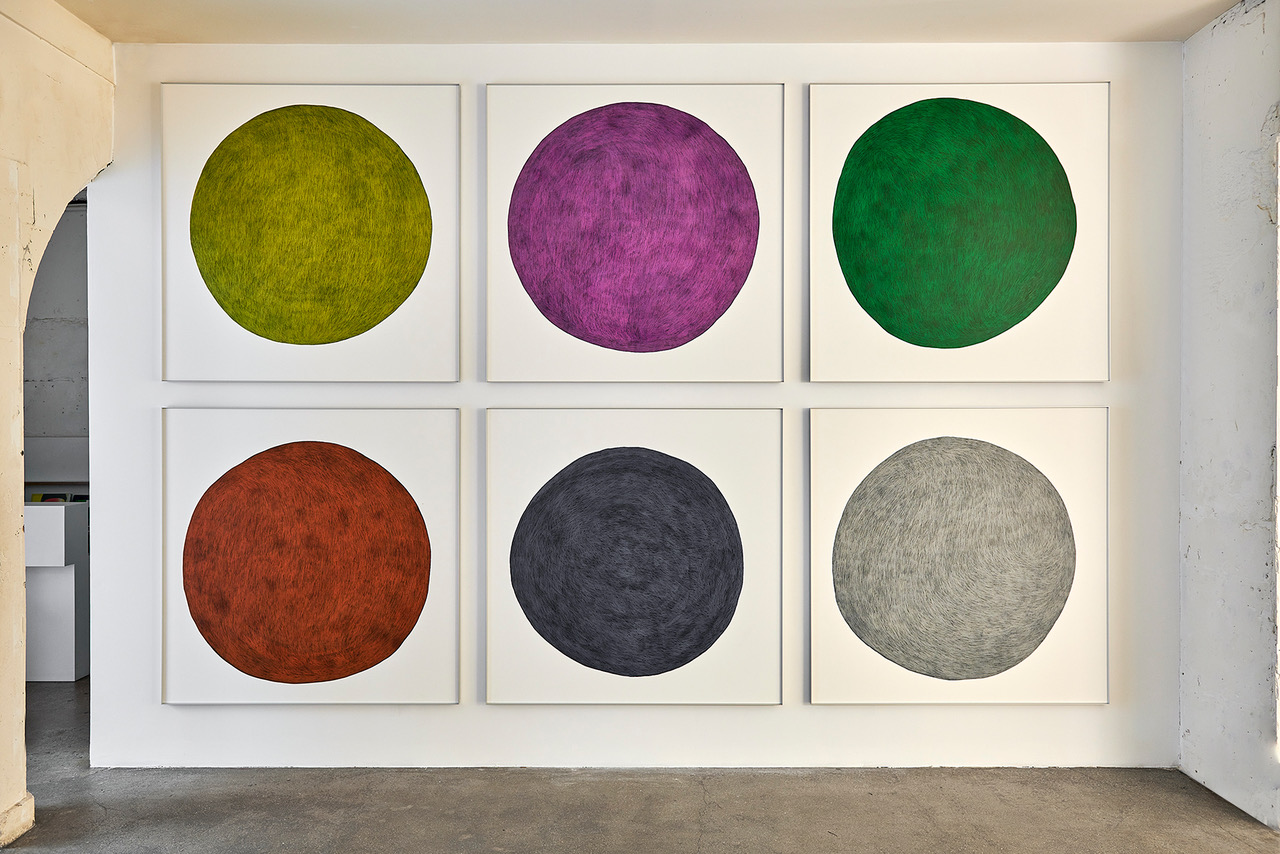 Virtually experience the shapes and colours of Pierre Charpin
Virtually experience the shapes and colours of Pierre CharpinTake a digital 3D tour of Pierre Charpin’s show ‘Similitude(s)’ at Paris’ Galerie Kreo that explores colour and geometry
By Ali Morris
-
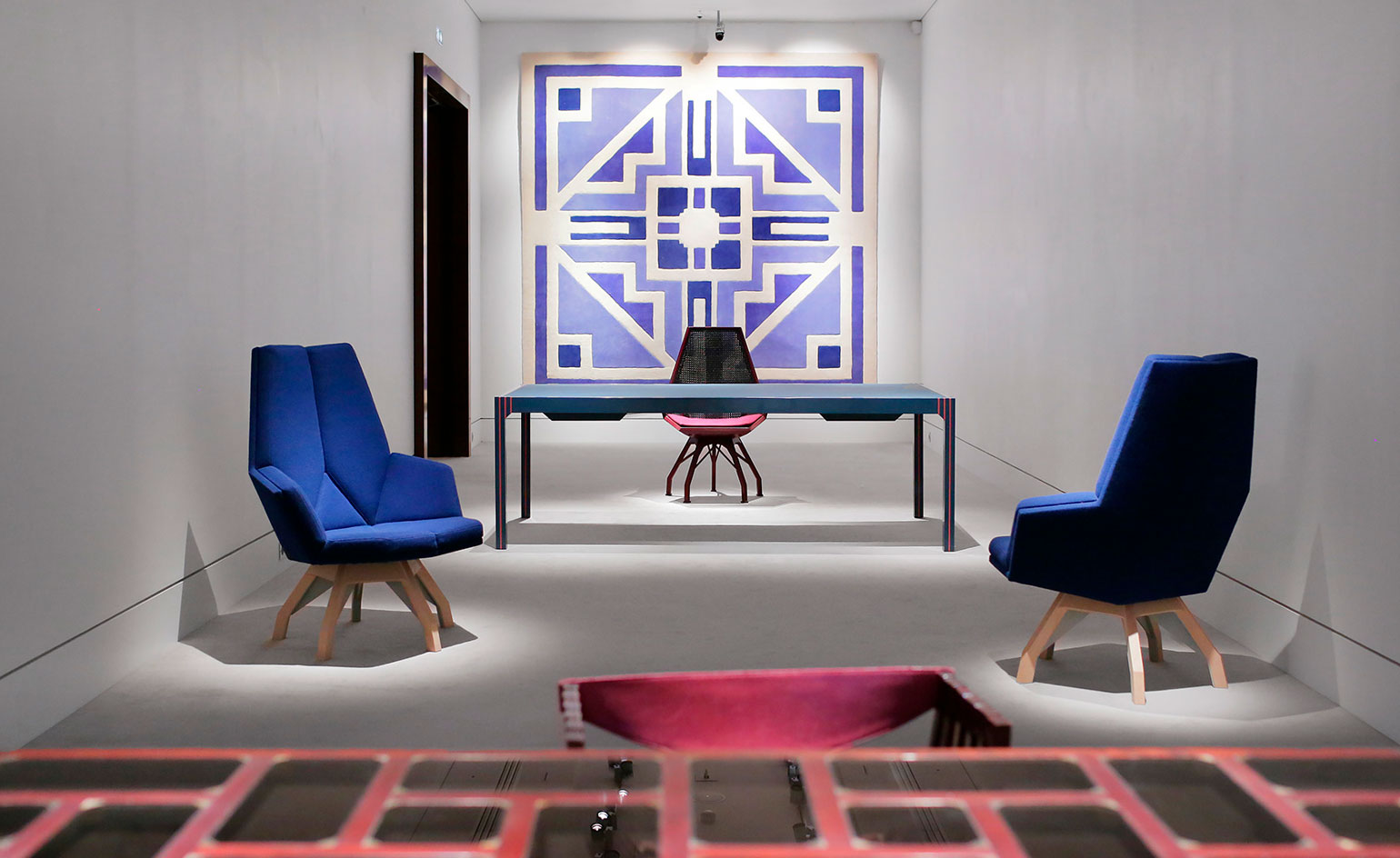 Re-living Pierre Paulin's 1970s Paris
Re-living Pierre Paulin's 1970s ParisTake a journey to 1970s Paris with Sotheby’s celebration of the work of French designer Pierre Paulin
By Laura May Todd
-
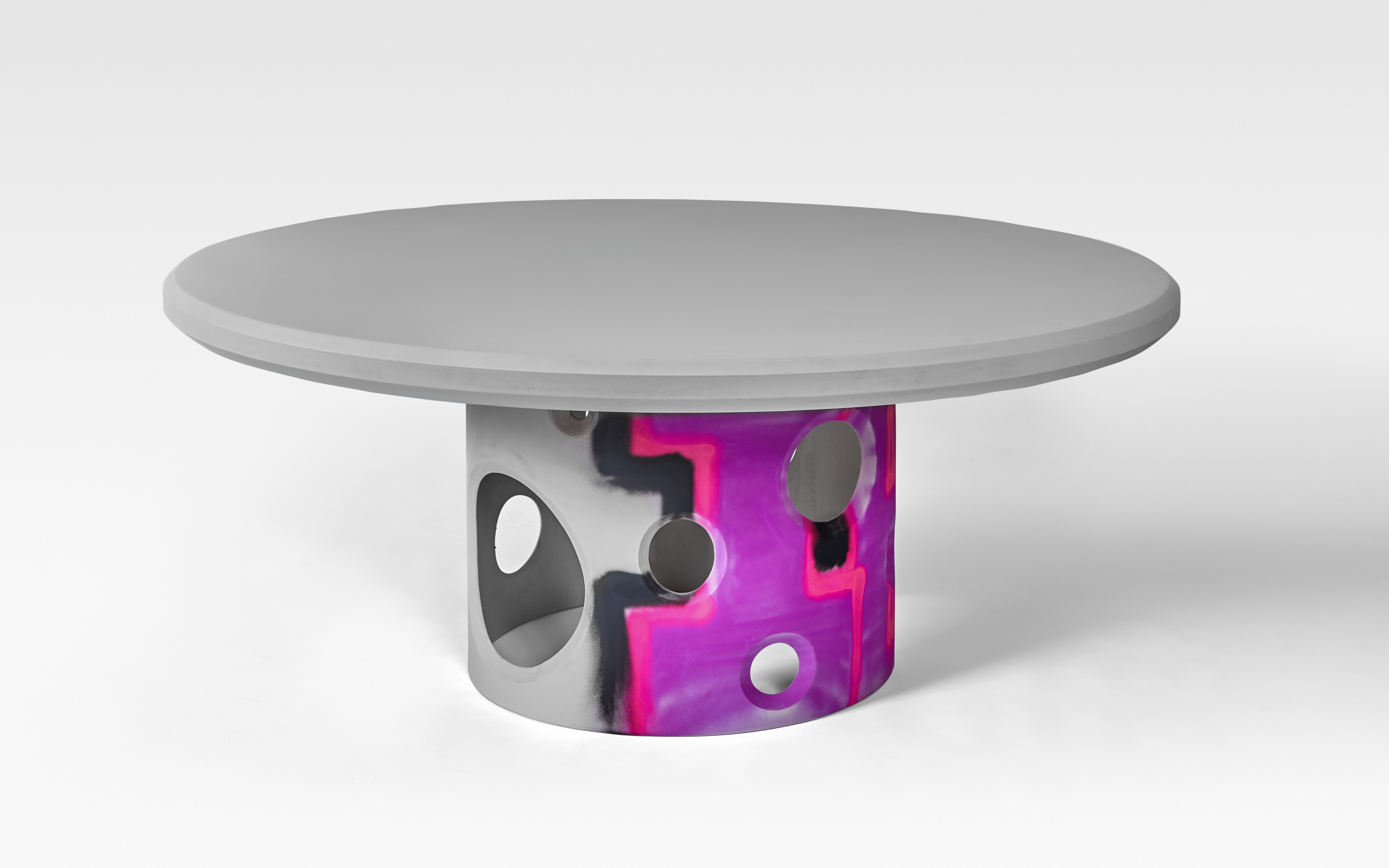 Cultural crossings at Maison et Objet January 2020
Cultural crossings at Maison et Objet January 2020In Paris this January, Maison et Objet (17-21 January) spanned fun rides, poetic performances and a Mediterranean brand launch
By Sujata Burman
-
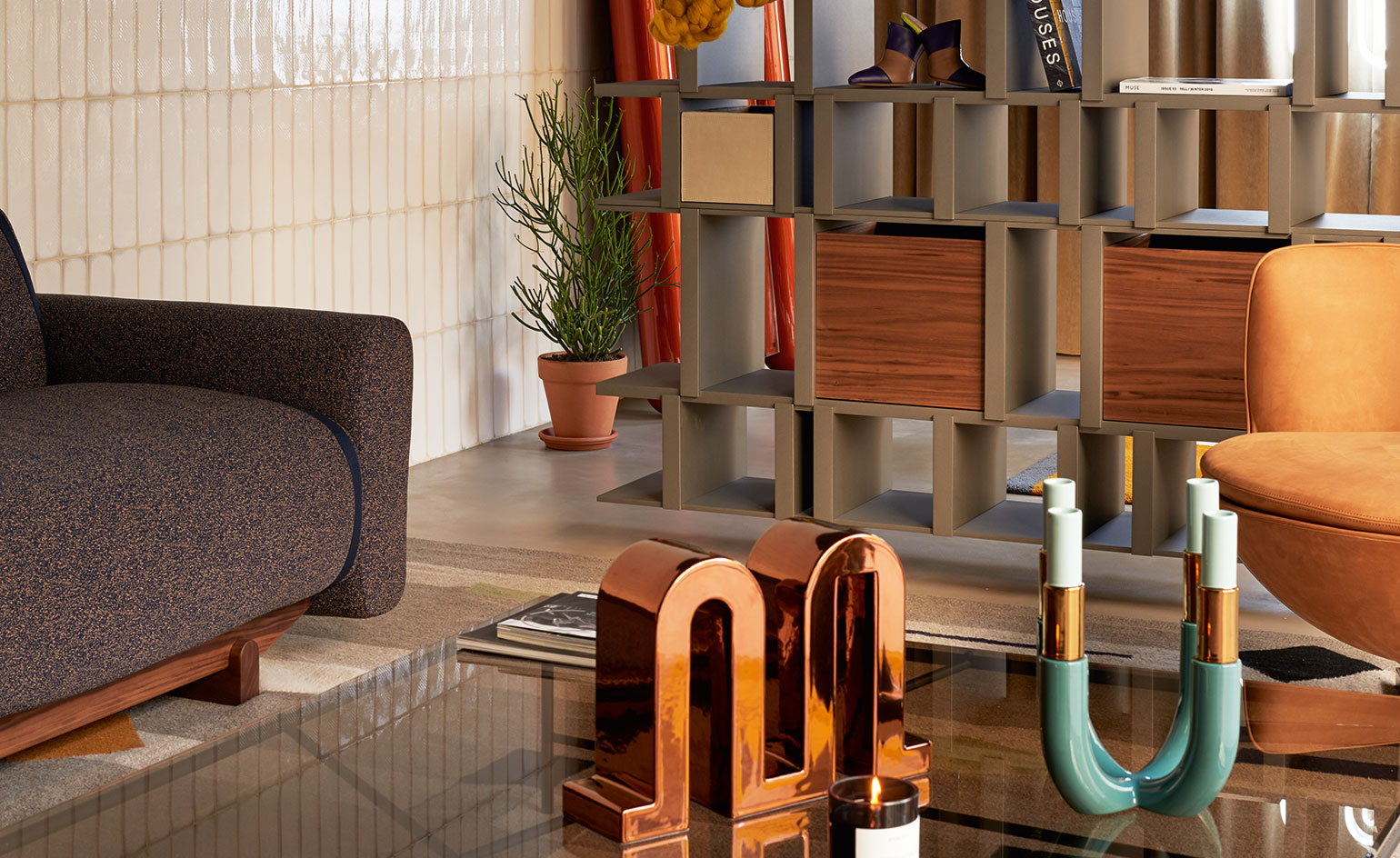 A new design, fashion and retail experience opens in Paris
A new design, fashion and retail experience opens in ParisNew brand La Manufacture offers French allure and Italian craft under the creative crew of Robert Acouri, Milena Laquale and Luca Nichetto
By Yoko Choy
-
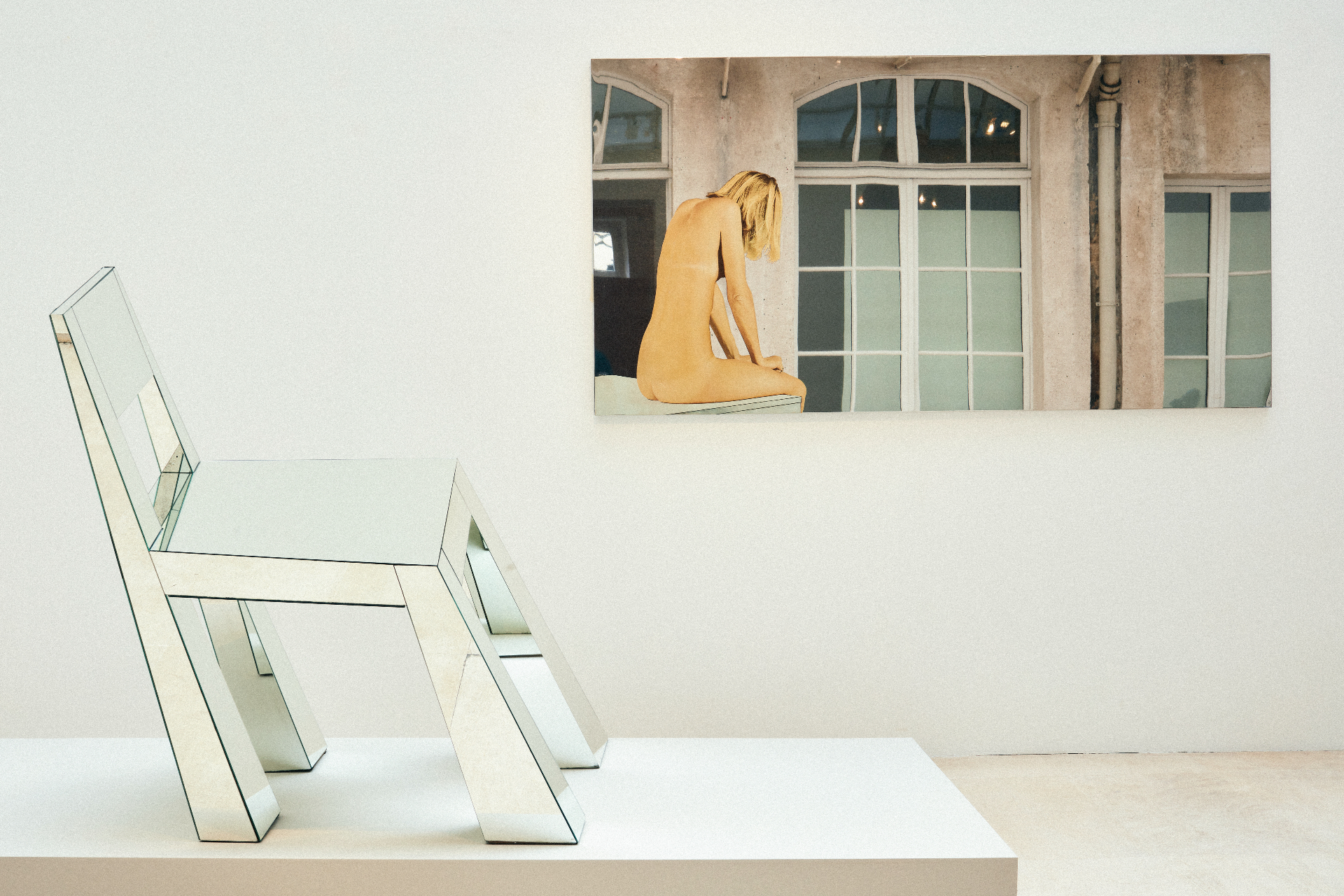 Charles Zana creates unexpected dialogues with 17 paired works in Paris
Charles Zana creates unexpected dialogues with 17 paired works in ParisIn exhibition Utopia, Charles Zana turns Tornabuoni Art in Paris into a salon of intimate conversations between Italy’s greatest post-war artists and architects
By Benoit Loiseau